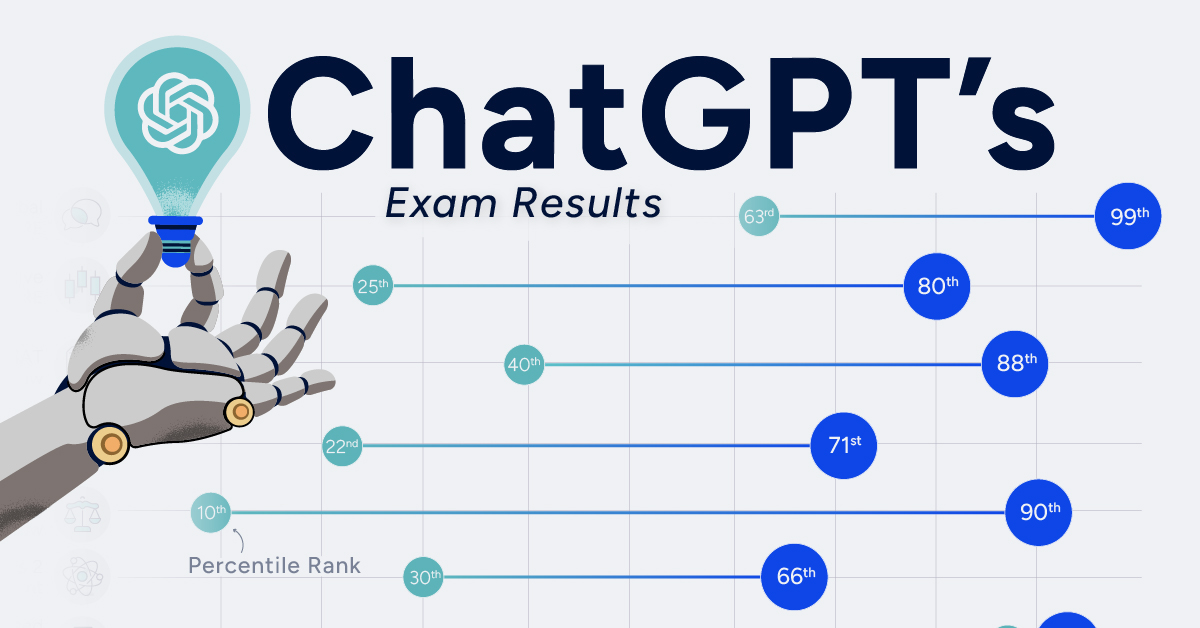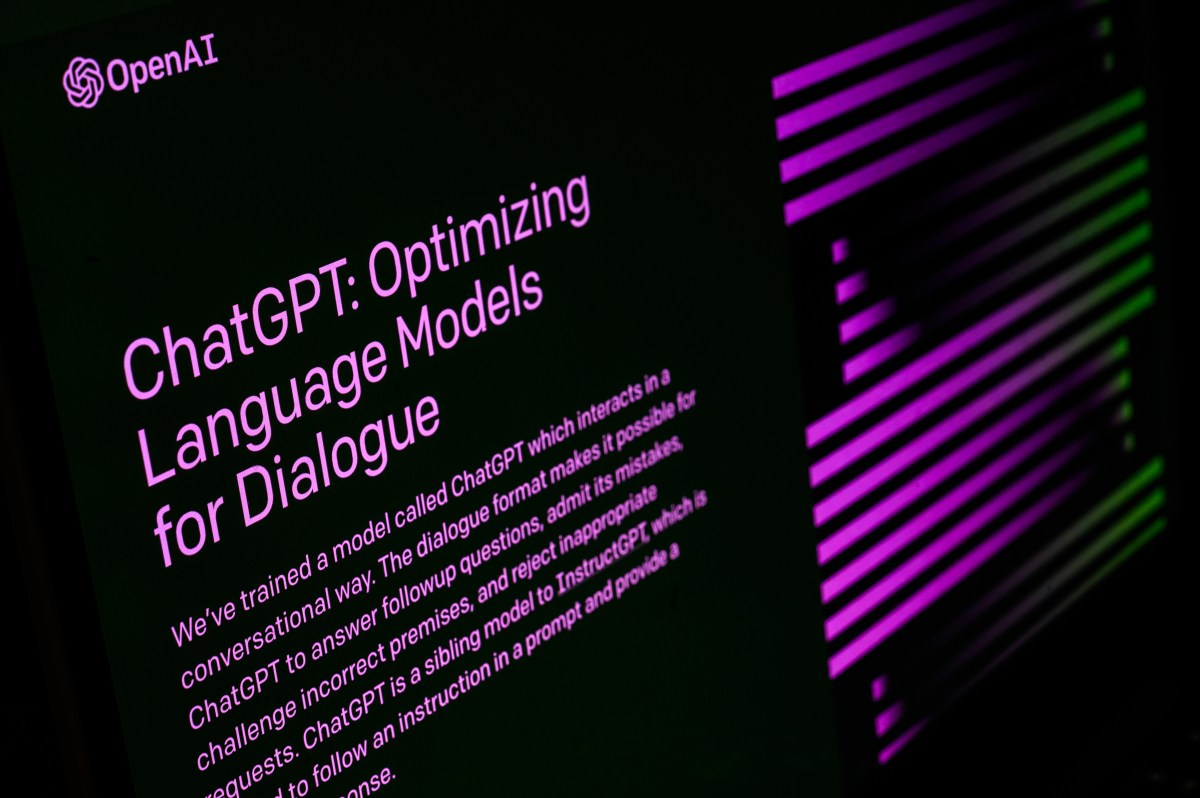- Arvind's Newsletter
- Posts
- Arvind's Newsletter
Arvind's Newsletter
Issue No #731
Some good news on the India economy: India's manufacturing industry saw expanded at the fastest rate this calendar year so far on the back of stronger factory orders and production. And GST collection grew by 12 per cent in April to ₹1.87 lakh crore, the highest monthly mop-up since the rollout of the indirect tax regime.
S&P Global India Manufacturing Purchasing Managers’ Index (PMI) in April rose to 57.2 in April from 56.4 in the month before, as all sub-components of the PMI made a stronger contribution to this month's figure.
"Reflecting a robust and quicker expansion in new orders, production growth took another step forward in April. Companies also benefited from relatively mild price pressures, better international sales and improving supply-chain conditions," said Pollyanna De Lima, Economics Associate Director at S&P Global Market Intelligence.
Read more at:
The gross GST revenue collected in the month of April, 2023 is ₹ 1,87,035 crore of which CGST is ₹38,440 crore, SGST is ₹47,412 crore, IGST is ₹89,158 crore (including ₹34,972 crore collected on import of goods) and cess is ₹12,025 crore (including ₹901 crore collected on import of goods).For the first time gross GST collection has crossed ₹1.75 lakh crore mark.
These days everyone is talking about (and wanting to know) how to build a personal brand. The latest issue of the Harvard Business Review is also providing a (New) Approach to Building a Personal Brand. It was therefore refreshing to read a contra piece by Indrajit Gupta Founder of Founding Fuel Publishing ( and formerly editor of Forbes Magazine) on How (not to) build a Personal Brand.
Indrajit’s article is worth reading. His insight is that personal branding to him has been more about discovering a purpose, building substance and being authentic, and less about honing branding and communications and finding my voice on social media. Read on.
Since you still may want to read the HBR article it is here
3 How smart is Chat GPT? Open AI’s latest language model GPT-4 is capable of human-level performance in many professional and academic exams, according to Visual Capitalist.
GPT-4 vs. GPT-3.5
To benchmark the capabilities of ChatGPT, OpenAI simulated test runs of various professional and academic exams. This includes SATs, the bar examination, and various advanced placement (AP) finals.
Performance was measured in percentiles, which were based on the most recently available score distributions for test takers of each exam type.
As we can see, GPT-4 (released in March 2023) is much more capable than GPT-3.5 (released March 2022) in the majority of these exams. It was, however, unable to improve in AP English and in competitive programming.
Meanwhile,OpenAI has closed $300M share sale at $27B-29B valuation according to Techcrunch
VC firms including Tiger Global, Sequoia Capital, Andreessen Horowitz, Thrive and K2 Global picking up new shares, according to documents seen by TechCrunch. Founders Fund is also investing. Altogether the VCs have put in just over $300 million at a valuation of $27 billion – $29 billion. This is separate to a big investment from Microsoft announced earlier this year, a person familiar with the development told TechCrunch, which closed in January. The size of Microsoft’s investment is believed to be around $10 billion.
For half a century, Geoffrey Hinton nurtured the technology at the heart of chatbots like ChatGPT. Now he worries it will cause serious harm.
Geoffrey Hinton was an artificial intelligence pioneer. In 2012, Dr. Hinton and two of his graduate students at the University of Toronto created technology that became the intellectual foundation for the A.I. systems that the tech industry’s biggest companies believe is a key to their future.
On Monday, however, he officially joined a growing chorus of critics who say those companies are racing toward danger with their aggressive campaign to create products based on generative artificial intelligence, the technology that powers popular chatbots like ChatGPT.
Dr. Hinton said he has quit his job at Google, where he has worked for more than decade and became one of the most respected voices in the field, so he can freely speak out about the risks of A.I. A part of him, he said, now regrets his life’s work.
“I console myself with the normal excuse: If I hadn’t done it, somebody else would have,” Dr. Hinton said during a lengthy interview last week in the dining room of his home in Toronto, a short walk from where he and his students made their breakthrough.
Dr. Hinton’s journey from A.I. groundbreaker to doomsayer marks a remarkable moment for the technology industry at perhaps its most important inflection point in decades. Industry leaders believe the new A.I. systems could be as important as the introduction of the web browser in the early 1990s and could lead to breakthroughs in areas ranging from drug research to education.
But gnawing at many industry insiders is a fear that they are releasing something dangerous into the wild. Generative A.I. can already be a tool for misinformation. Soon, it could be a risk to jobs. Somewhere down the line, tech’s biggest worriers say, it could be a risk to humanity.
The Financial Times interviewed Charlie Munger, Warren Buffett’s partner in Berkshire Hathaway, before their annual shareholders meet next week on Saturday May 6th.
Some excerpts from this interview
Munger was speaking on the veranda of his home in Greater Wilshire, a leafy neighbourhood of Los Angeles, where he has lived for 60 years since he designed the property himself.
Dressed in a plaid shirt, Munger held court from his wheelchair as the travails of ailing California-based bank First Republic were playing out in real time on a television screen airing CNBC in the background.
Berkshire has a long history of supporting US banks through periods of financial instability. The sprawling industrials-to-insurance behemoth invested $5bn in Goldman Sachs during the 2007-08 financial crisis and a similar sum in Bank of America in 2011.
But the company has so far stayed on the sidelines of the current bout of turmoil, during which Silicon Valley Bank and Signature Bank collapsed. “Berkshire has made some bank investments that worked out very well for us,” said Munger. “We’ve had some disappointment in banks, too. It’s not that damned easy to run a bank intelligently, there are a lot of temptations to do the wrong thing.”
Their reticence stems in part from lurking risks in banks’ vast portfolios of commercial property loans. “A lot of real estate isn’t so good any more,” Munger said. “We have a lot of troubled office buildings, a lot of troubled shopping centres, a lot of troubled other properties. There’s a lot of agony out there.”
He noted that banks were already pulling back from lending to commercial developers. “Every bank in the country is way tighter on real estate loans today than they were six months ago,” he said. “They all seem [to be] too much trouble.”
Munger grew up in Omaha, Nebraska, a few hundred feet from where Buffett now lives. The two met in 1959, when Buffett was 28 and Munger 35. Munger, who at one point worked in a grocery store owned by Buffett’s grandfather, trained as a lawyer before being coaxed into investment by his soon-to-be partner.
Buffett has credited Munger with encouraging him to move on from the “cigar-butt strategy” espoused by his mentor Benjamin Graham, which involved buying cheap stocks akin to a discarded cigar where just a single puff of value remained.
In 2015, Buffett wrote in the conglomerate’s 50th annual letter: “The blueprint he [Munger] gave me was simple: Forget what you know about buying fair businesses at wonderful prices; instead, buy wonderful businesses at fair prices.”
This approach has served them well. Berkshire has generated compounded annual returns of nearly 20 per cent, twice the rate of the benchmark S&P 500 stock index, since 1965
“We were a creature of a particular time and a perfect set of opportunities,” said Munger, adding that he had lived during “a perfect period to be a common stock investor”.
He and Buffett had benefited “by and large [from] low interest rates, low equity values, ample opportunities”, he said.
Munger said he had made most of his money from just four investments: Berkshire, retailer Costco, his investment in a fund managed by Li Lu’s Himalaya Capital and Afton Properties, a real estate venture that owns apartment buildings in California and New Jersey. Forbes estimates his wealth at $2.4bn.
“It’s the nature of things that a very intelligent man working hard maybe gets three, four, five really good long-term opportunities of buying great companies at a cheap price,” he said. “It happens rarely.”
Ahead of the company’s annual meeting on Saturday, tens of thousands of Berkshire shareholders will descend on Omaha to hear from the two nonagenarian investors as they attend something akin to a festival of capitalism.
But Munger warned that the golden age for investing was over and investors would need to contend with a period of lower returns.
“It’s gotten very tough to have anything like the returns that were obtained in the past,” he said, pointing to higher interest rates and a crowded field of investors chasing bargains and looking for companies with inefficiencies. “
[At] the exact time that the game is getting tougher we’ve got more and more people trying to play it,” he said.
Berkshire has struggled to find worthwhile investments at times over the past decade, a fact epitomised by a cash balance that often sits in excess of $100bn and the choice by the company to buy back tens of billions of dollars of its own shares.
Where Buffett has emphatically told Berkshire shareholders to “never bet against America”, Munger is more cautious. “I do not think that we can take it as a given that American democracy will prosper and flourish forever,” he said. “But I think we’ll stumble through pretty well for quite a while yet.”
On his own imprint on the world, Munger said: “I would like my legacy to be a more relentless determination to develop and use what I call an uncommon sense.”





